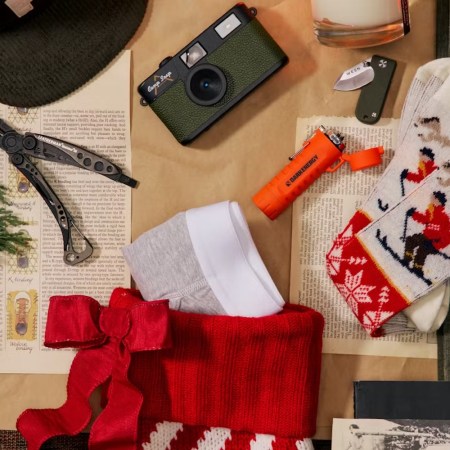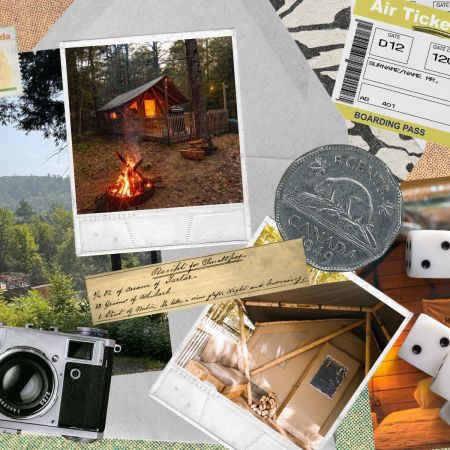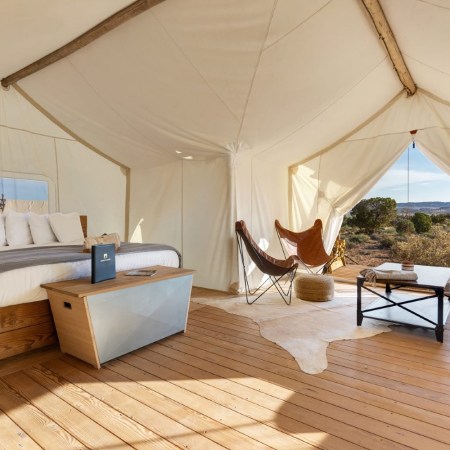If you go camping to connect with nature, nothing beats sleeping close to the ground (as in literally on it).
However, especially when it’s cold or uneven, it can be a bit much. Enter Tepui Tents , the good folks who cater to these comfort-driven souls.
We recently tested their Baja Ayer at the Black Rock Campground in Joshua Tree National Park. Let’s break it down:
Overall Experience
Very positive, all things considered. Would we pay for one? Well that really depends on how much camping was on the horizon. And whether you prefer camping at sites where you’re next to your vehicle is something to consider as there are some logistical details to work out.
Assembly
The videos on their website do an excellent job of explaining how to assemble the tent. It’ll take you at least two hours to do this and place it on your car so plan for that. Most factory racks won’t carry the 100 pound tent. We installed a Yakima rack, which was easy to do.
We received a tent that had been used numerous times and the nuts and bolts were a bit warped, which made securing the tent to the rack time consuming. Given that these nuts and bolts were warped from use, it’s easy to assume that this could become a problem the more you use the tent.
Transportation
Once on the car, it’s pretty secure. The straps only came undone once in what was unusually high winds. Otherwise, it was a great experience driving it around.
At the Campground
Erecting the tent takes no time at all. You unzip the shell, which folds down over the car doors to protect your vehicle, and then use the ladder as leverage to pull the tent open. It pops up like a house in a child’s book. The ladder folds down and clamps for added support. You open the door and the mattress is ready to go.
Sleeping
Tepui’s luxury mattress is made with memory foam. It comprises the floor of the tent so once you’re inside you’re on a queen-sized bed. You could bring sleeping bags, as we did, or you could go glamp-style and bring sheets and blankets.
It dipped into the low 30s that night, and the wind was howling. Yet we were completely warm and snug inside because the shell stands up to the wind and it didn’t rock or flap in the gusts like a traditional tent would.
There are tabs with O-rings dangling from various points in the ceiling where you attach your lantern or flashlights. Pockets for your gear can be found at various points in the tent walls, keeping the inside organized.
We didn’t have the boot bags, which fasten outside of the tent, but that would be a smart add-on, especially if you’re someplace wet.
Things to Consider
The biggest problem we encountered? The damn tent is always on the car. Want to leave the site? You have to take your gear out of the tent and then repack. It’s easy but definitely an added step.
For instance, part of the joy of Joshua Tree is driving around to the various sites. If you’ve got a site reserved you normally can just leave your tent set up, both signalling to other campers that the site is taken and making it easier for you to enjoy once you’re back. We had to reset our site every time we wanted to drive somewhere. That’s a hassle.
How do you camp? If you like to camp near your vehicle, and you go camping frequently throughout the year, the Tepui Roof Tent is a great investment. It’s well-made and will last you a decade.
If you go camping only a few times a year, and you’re unsure where you’re going, this would be an extravagance.
And if you like to go into the backcountry when you camp, it might not be worth the bother.
This article appeared in an InsideHook newsletter. Sign up for free to get more on travel, wellness, style, drinking, and culture.
























